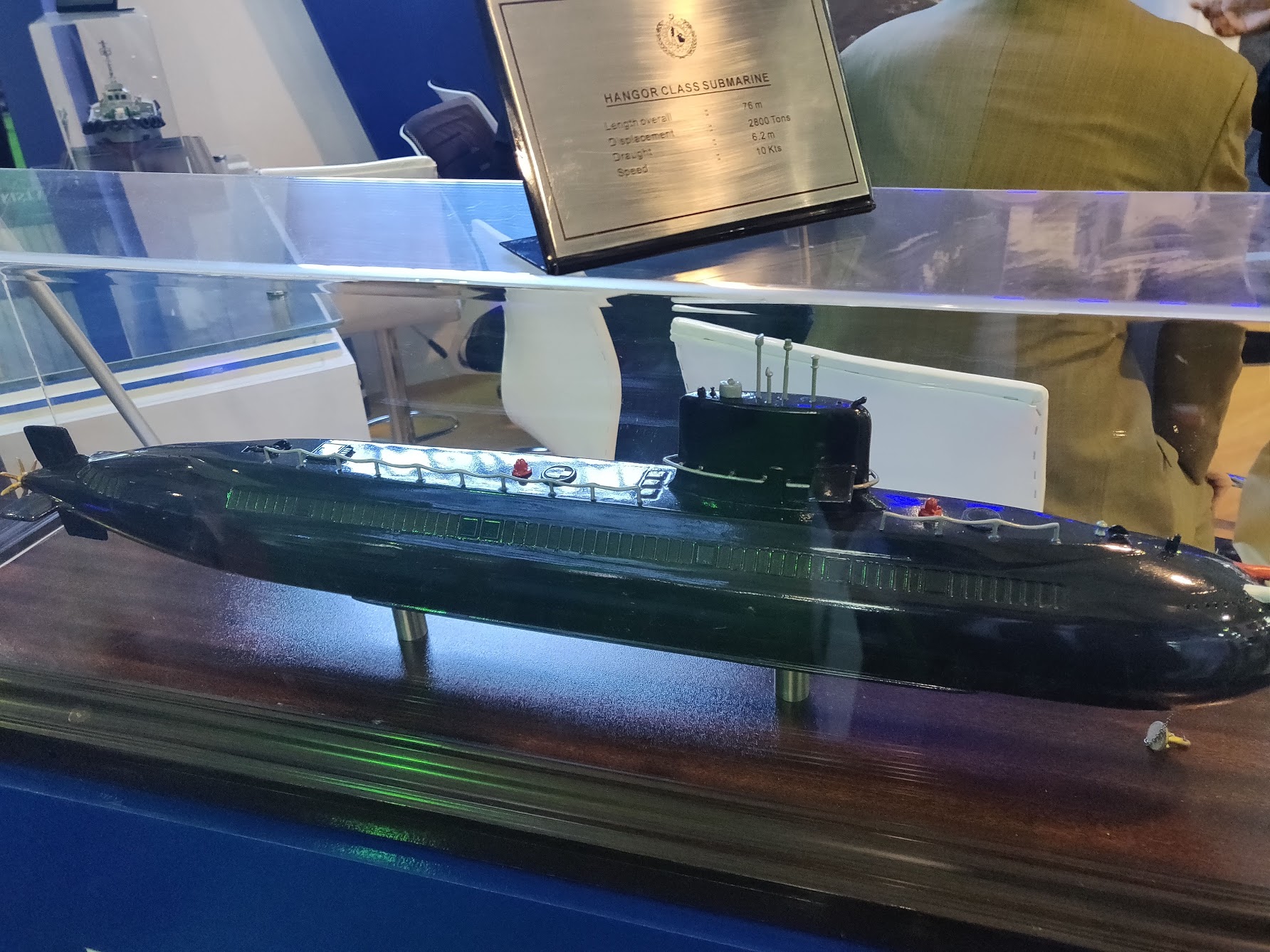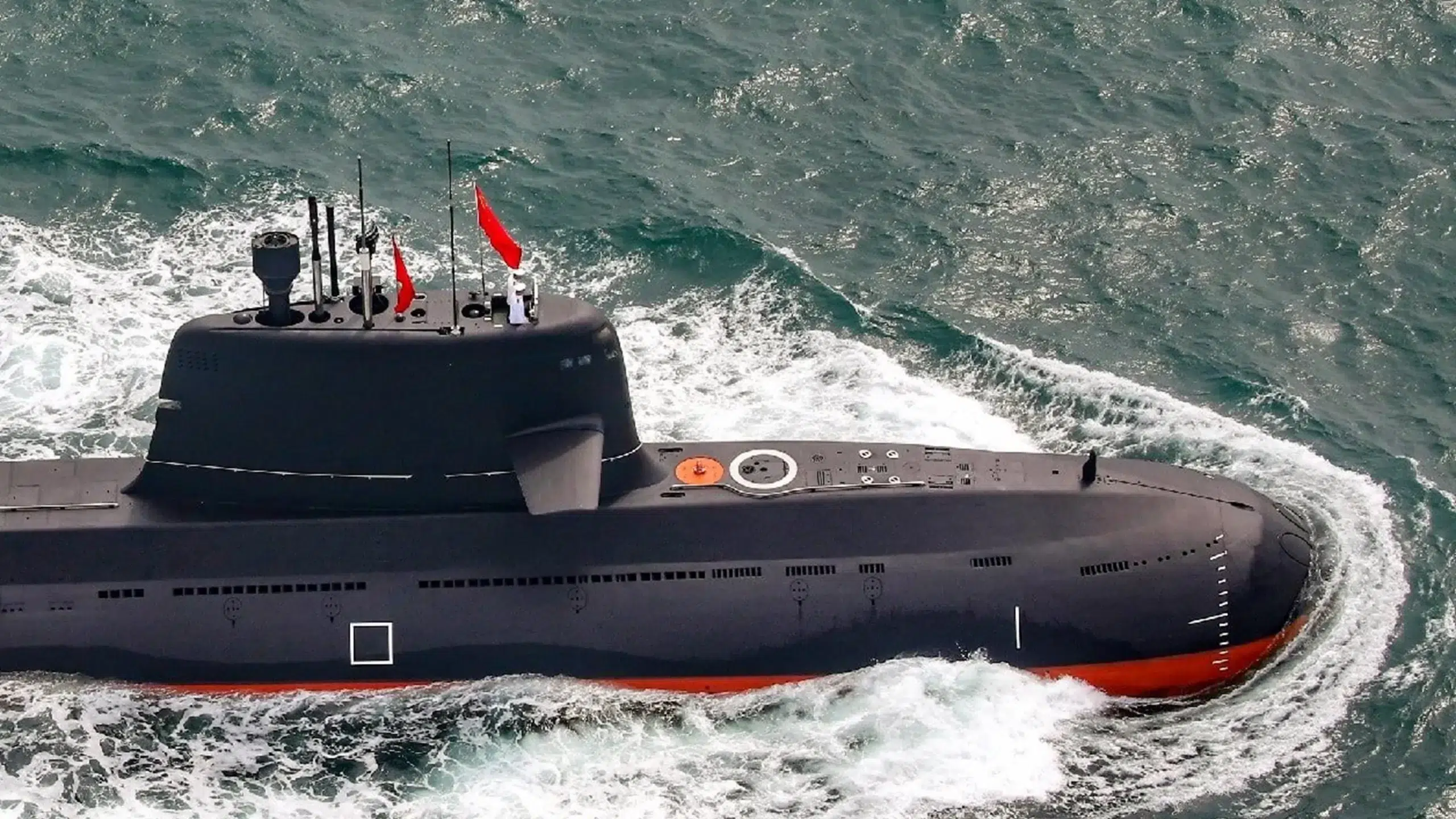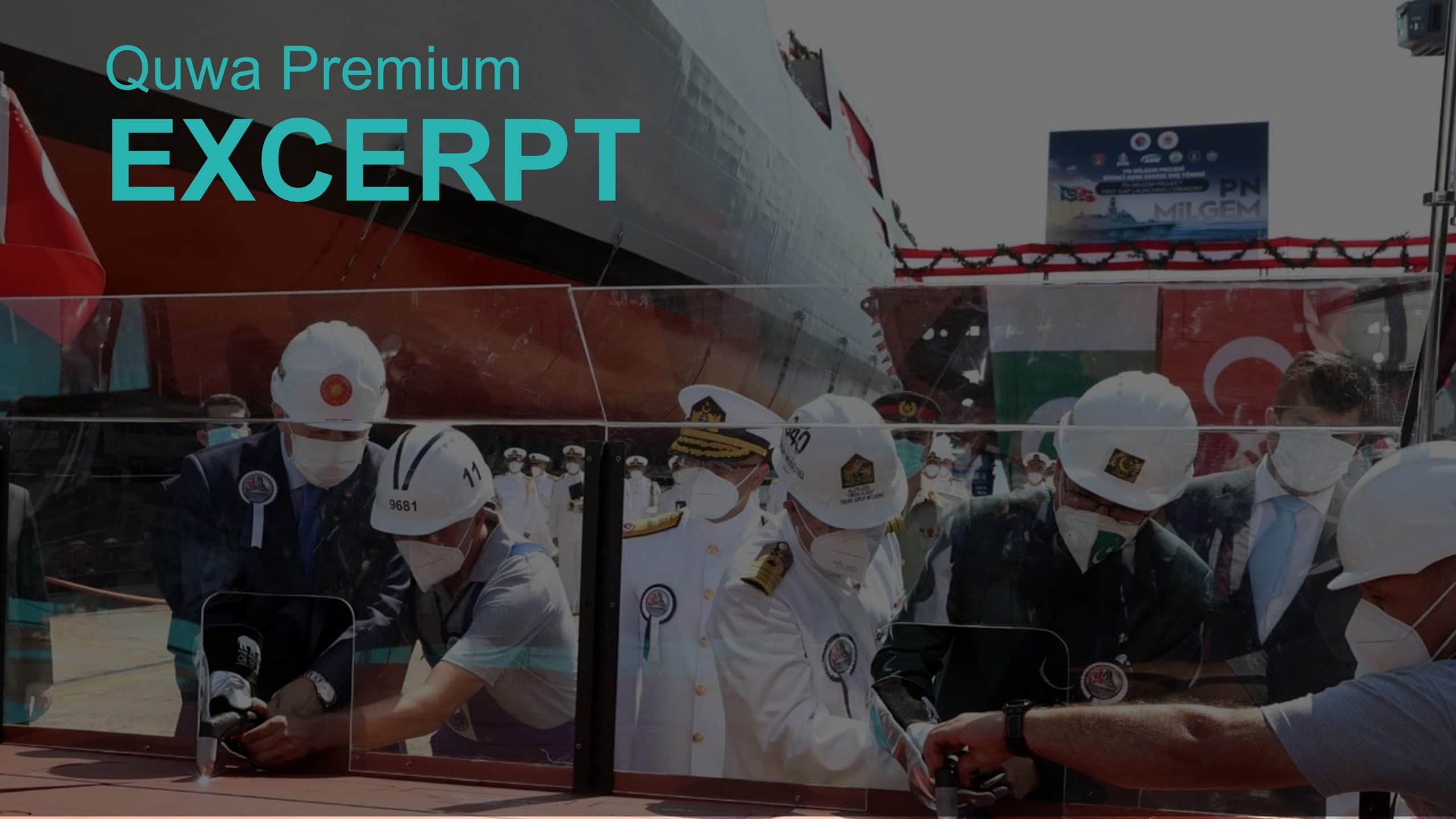3766Views

Pakistan Navy Hints Need for Dedicated Nuclear Asset Quwa Premium
On a show on Pakistan’s state-owned television network, PTV, two retired Pakistan Navy (PN) officials – Vice Admiral Ahmed Saeed and Rear Admiral Saleem Akhtar – discussed the PN’s ongoing acquisition of Hangor-class (S26) submarines from China.
Adm. Saeed highlighted that the Hangor air-independent propulsion (AIP)-equipped submarines (SSP) will be a “hybrid” piece in Pakistan’s wider deterrence posture. Basically, it will be a compromise between a purely conventional attack submarine and nuclear-powered boat, such as a nuclear-powered submarine (SSN) or a nuclear-powered ballistic missile submarine (SSBN).
In this context, the Hangor SSP will provide Pakistan a second-strike capability, but in Adm. Saeed’s view, it would still fall short of delivering an “assured” second-strike capability. However, Adm. Saeed stressed that the PN should gradually build an assured second-strike capability, ideally through an SSN or SSBN, if possible.
Pakistan's Evolving Deterrence Goals
Since first testing its nuclear weapons technology in 1998, Pakistan has built second strike capabilities through the deployment of land, air, and sea-based assets. Miniaturizing warheads was – and remains – a key piece of this triad picture; it enables Pakistan to leverage various types of air-launched cruise missiles (ALCM), ground-launched cruise missiles (GLCM), and submarine launched cruise missiles (SLCM) for the nuclear attack role. The PN can also deploy nuclear-tipped SLCMs from the Hangor-class SSP.
The Hangor-class SSP will likely use a variant of the Babur-3 SLCM, which Pakistan first tested in 2018. The Babur-3 has a stated range of 450 km. At the time, the Pakistani military’s press arm, Inter-Services Public Relations (ISPR), stated that the SLCM was a key component of a “credible second-strike capability.” This was a clear admission on Pakistan’s part of it pursuing second-strike capabilities through a triad, with sub-surface platforms forming the sea-based deterrence leg.
Compared to a larger warhead onboard a strategic ballistic missile, such as the Shaheenseries, the miniature warheads leveraged by the cruise missiles would offer a reduced yield. However, analysts believe that Pakistan developed a tritium production capacity that would allow it to augment its miniature warheads. Thus, the Hangor SSP can be a credible nuclear attack option, even though it has been framed (albeit internally) as a “hybrid” solution and a step short of a SSN or SSBN.
Hangor is Not a Full-Time Deterrence Asset
The fundamental point behind Adm. Saeed’s statement is that the Hangor-class is not a dedicated nuclear platform. This view makes sense as the Hangor-class’ value stems from its anti-ship warfare (AShW) and anti-submarine warfare (ASW) capabilities, which PN planners want to use as part of their anti-access and area-denial (A2/AD) requirements. Moreover, the Hangor-class likely provides more range, payload, and endurance than the PN’s existing boats; therefore, the PN is likely to use the Hangor in open waters and, in turn, guard its sea lines of communication (SLOC) and exclusive economic zone (EEZ).
Thus, the bulk of the Hangor-class’ missions would involve AShW and ASW operations, i.e., conventional operations. In this context, strategic attack or even conventional land-attack missions are secondary duties, not primary responsibilities. In fact, Adm. Saeed indicated that the PN may not allocate many of its Hangor-class boats for strategic roles. For the PN, the most important achievement is gaining the technical ability to deploy nuclear weapons from sea, but that does not mean it needs a large number of such platforms. In other words, the PN would only require one or two dedicated boats for the nuclear role. However, the Hangor-class would manage strategic roles on a part-time basis; the conventional A2/AD mission would be its primary role.
That said, Adm. Saeed reiterated that having the Hangor SSP as a ‘hybrid’ solution was a significant breakthrough. It would provide the PN with a second-strike capability from the sea; but he stressed that the PN should not stop at the Hangor-class. It should also pursue a dedicated strategic platform.
When examining Adm. Saeed’s statements, one can see a potential framework for a dedicated sea-based nuclear capability.
First, the PN would only need to establish and deploy a strategic or nuclear capability. This does not necessitate a large number of units; several strategic platforms – as few as two – could be sufficient.
Second, the PN would need a platform that can carry nuclear-tipped SLCMs and submarine-launched ballistic missiles (SLBM). It must have a dedicated space for nuclear weapons so that the strategic role does not interfere with the submarine’s AShW and ASW capabilities. Moreover, the platform should also be powered by a nuclear reactor, which could provide the submarine with greater endurance and speed compared to a conventionally-powered submarine.
Can Pakistan Build a Nuclear Submarine?
Currently, Pakistan lacks the engineering know-how and industrial capacity to design, develop, and build a nuclear-powered submarine, at least independently. However, based on Adm. Saeed’s statements, it seems that the PN had studied the idea in the recent past, and may still be pursuing a strategic submarine as part of a long-term strategy. Thus, the timeline of a nuclear submarine program would extend into the 2030s or 2040s.
End of excerpt (831/1602 words)
Log in or subscribe to read the rest of the article
Note: Logged in members may need to refresh the article page to see the article.


